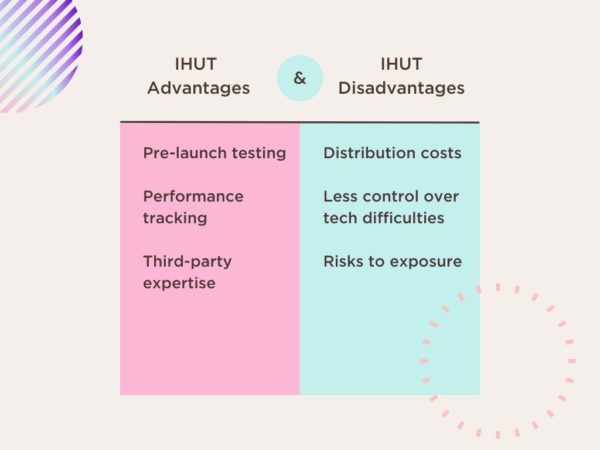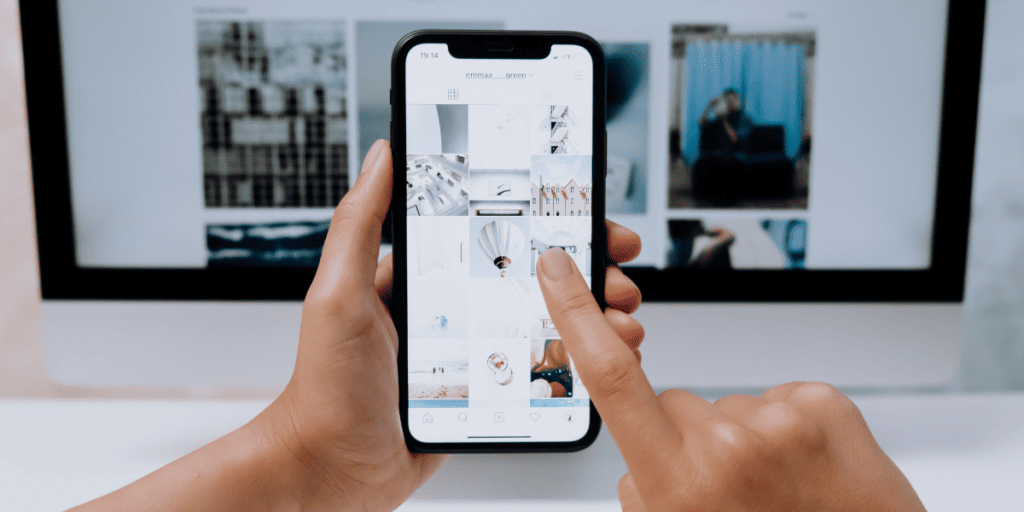In-Home Usage Testing: Everything You Need to Know

Imagine you’re a market researcher for a company that produces a best-selling wireless bluetooth speaker. Your product has proven to be more popular than the competition over the past five years, but recent sales have been in sharp decline, with newer companies outpacing you in innovation. Your product development team wants to know how the company’s current speaker line doesn’t meet customer expectations by speaking to customers directly.
For this project, you decide to recruit respondents that have recently purchased bluetooth speakers from your competition. You need to ask questions about sound quality, ease of use, and about which technical features are appealing. To get the most authentic, in-the-moment responses from a wide range of participants quickly, you decide to hold a series of online interviews via customer experience (CX) software. This method of gathering insights about your end user is essentially what’s called ‘in-home usage testing,’ or IHUT.
What is an in-home usage test?
A method or market research primarily used for product development, in-home usage tests (IHUTs) enable researchers to test and observe how their target audiences interact with a brand’s products. The feedback gathered through IHUTs can be particularly impactful, as it provides an authentic glimpse into the lives of customers and users, giving critical context and understanding of how certain products will be received and utilized.
Research teams use in-home usage tests to measure a range of factors that can drive more consumers to their products: first impressions after unboxing, notable likes and dislikes while using the product, the likelihood to recommend, etc.
What does in-home usage testing mean for market/product research?
In-home usage testing is one of the most informative methods of market research because it focuses on the in-the-moment, real time feedback within an environment that respondents are most likely to use the product. For these key reasons, IHUT methods are able to produce authentic responses from target audiences.
As consumer lifestyles increasingly became more digitized and remote through the pandemic, market research also moved online, especially qualitative research methods such as focus groups and in-depth interviews, as consumers around the world were harder to reach in-person. As a result, both qualitative interviewing and in-home usage testing are increasingly being held online. (Read our guide to online qualitative interviewing here).
More online in-home usage testing research means that there are more software options that provide strong value over in-person interviews. While in-person IHUTs can be time consuming and cost prohibitive for many organizations, market research tools enable research teams to conduct more sessions more frequently and at a significant cost savings.
What are the pros and cons of using in-home usage tests?
When it comes to understanding the behavior of target audiences, there are many advantages of utilizing in-home usage tests. With IHUTs, researchers can produce:
- Pre-launch testing: With the feedback from a pre-launch test, end users can provide guidance to research and development teams in order to improve current products or introduce new ones. As a result, pre-launch testing can reduce business costs by helping product teams fine tune formulations or processing methods.
- Performance tracking: To continually improve product performance and customer satisfaction, performance tracking can drive product superiority from the competition by better matching customer expectations to product offerings and better understanding competitive strengths and weaknesses.
- Communications Strategy: Pre-launch feedback on products is invaluable for brand positioning and strategy. When brand loyalists and users are able to articulate their main drivers of satisfaction (and dissatisfaction), it becomes more clear which types of messaging will best resonate in the marketplace.
- Third-party expertise: Longitudinal studies with the same cohort of target audiences can help researchers measure the effects of aging (shelf-life studies) upon product quality, efficacy, and desirability over time. Engaging with end users over a sustained period can also help teams monitor product quality from year to year by turning respondents into de-facto third party experts.

What are the disadvantages of in-home usage testing? Like any market research method, there can be drawbacks to pursuing only this technique, rather than using it in conjunction with other research methods. Disadvantages include:
- Product distribution costs: Distributing dozens, if not hundreds, of products to respondents to use for free can be cost prohibitive for many organizations and a major reason why companies, such as small start-ups, may choose not to invest in IHUTs.
- Less control over technical difficulties: If researchers are holding sessions to test products that are not user-friendly and researchers are required to have a higher level of tech proficiency, it may be difficult to both conduct sessions and to receive accurate impressions and perceptions from respondents, especially if they are struggling to use the product correctly.
- Risks to exposure: For products in highly competitive industries such as technology or pharmaceuticals, in-home usage testing may not be appealing, as sensitive and highly confidential information could be released to the general public, or worse, make it into the hands of competitors ahead of an official product launch.
How to get started with in-home usage testing
Before you begin your first in-home usage test, it is important to have a clear picture of the factors to consider in order to carry out a successful session. To start, consider the following objectives that must be set:
- Research goals: Be as clear as possible about what you wish to achieve in conducting your IHUT research. For example, if you are a company that sells robot vacuums, your goal may be to collect feedback on if your vacuum worked as well as the consumer expected and how the experience could be improved.
- Timeline: To ensure that your research will be relevant and received by product design or innovation teams in time to be informative and actionable, carve out a clear timeline that provides both time for you to meet your research goals and to deliver compelling results in time for other teams to act upon.
- Respondent criteria: Is the objective to understand current customers or gather impressions from prospective customers? If you need to receive feedback from current customers, find participants that meet current customer demographic criteria.
- Tracking: How will you measure the results you need to meet your research objectives? To go back to the robot vacuum example, the researcher could gauge customer responses on cleaning efficacy, ease of use, sound, time it takes to complete a task, etc. to understand key differentiators from the competition.
How in-home usage tests help companies and customers
In-home usage testing is beneficial to companies, it helps markets, and it creates higher levels of satisfaction for customers in the long run. Even the process of in-home usage testing is beneficial to all parties involved, as IHUT projects involve closer levels of communication between businesses and consumers. This enables companies to truly understand consumers and place the consumer insights at the center of all business decisions; in addition, it gives consumers a platform to share their voice — their impressions, challenges and opinions.
What is the future of in-home usage tests? Just as consumer lifestyles have been digitally transformed, so too has IHUTs and how they are administered. Today, customer experience software is leveraged to capture experiences from respondents’ homes and deliver them to researchers directly. Not only have market research tools enabled businesses to deliver more customer insights quickly, but they have offered even more ways for respondents to give feedback and include both moderated in-home usability testing and unmoderated usability testing. Unmoderated usability testing is customer-driven and can include video or photo-based feedback.
To see which approach can best meet your organization’s needs, see our guide: “Unmoderated Usability Testing vs Moderated Usability Testing: Which is Right for You?”
Sign Up for our Newsletter
Related Articles

Unmoderated Usability Testing: How to Test Your Website Without a Moderator
In the bustling world of digital user experience, understanding how users interact with your website is vital. Unmoderated usability testing…
In the bustling world of digital user experience, understanding how users interact with your website is vital. Unmoderated usability testing…

How Our Marketers are Leveraging Discuss to Harness the Power of Customer Insights
“People don’t buy what you do; they buy why you do it.” ― Simon Sinek, Start with Why: How Great…
“People don’t buy what you do; they buy why you do it.” ― Simon Sinek, Start with Why: How Great…

13 Ways to Build Products People Will Buy
How can companies build products that people will buy? To help you build the best products people will buy, we…
How can companies build products that people will buy? To help you build the best products people will buy, we…



